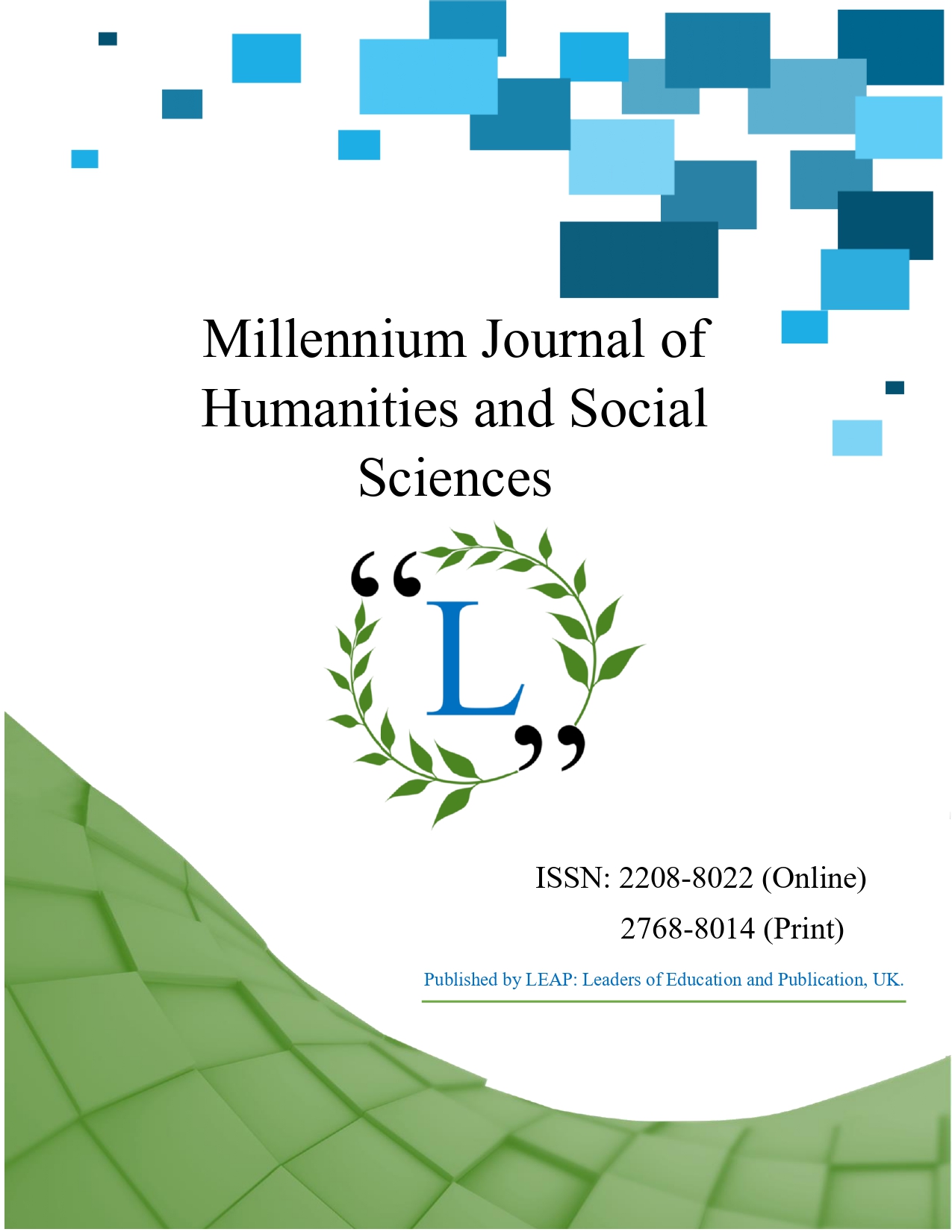Prevalence of Hypertension and Associated Risk Factors Among Women in a Rural Community in Bangladesh: A Cross-Sectional Study
Main Article Content
Abstract
The purpose of this cross-sectional quantitative study was to identify the prevalence and associated risk factors of hypertension among rural women. Data collection was carried out between March to June 2019 among 380 women in Kumarkhali Upazila, Kushtia, Bangladesh. Participants were interviewed with a structured questionnaire including background characteristics, anthropometric measurements, prevalence, and risk factors of hypertension. IBM SPSS version 25 was used for analyzing the data. The prevalence of hypertension and prehypertension among the total participants was 21.3% and 17.1%, respectively. The mean systolic and diastolic blood pressure was 126.65 (±19.31) mmHg and 77.21 (±12.51) mmHg. Association was found between the prevalence of hypertension and participant’s age, marital status, educational level, body mass index, intake of raw salt, secondary smoking, stress, and diabetes (p<0.05). Among the diabetic women, prehypertension and hypertension prevailed as 26.3% and 55.3% respectively. The lowest risk of hypertension was found with limited raw salt (aOR: 1.42) and red meat (aOR: 0.05) consumption. Hypertension was more likely to affect overweight (aOR: 3.98) and women aged 55 to 64 years (aOR: 13.44). Thus, effective and integrated intervention agendas are required for women, which can improve the rate of diagnosis and prevent uncontrolled hypertension in Bangladesh.


